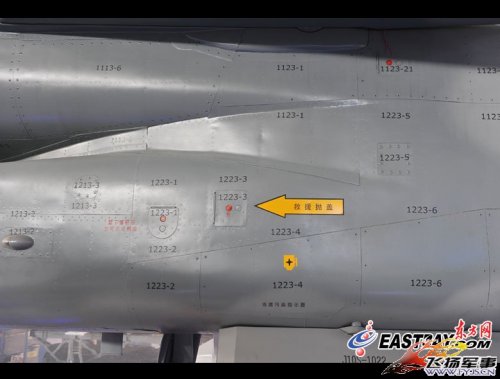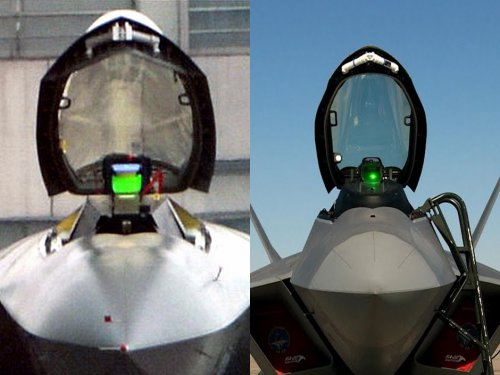VH said:
1. I am talking about aircrew quality, tactics and aircraft design. If you want to consider the US as the adversary you should remember that the Chinese airforce has not fought an air battle since Korea. Plus China seldom if ever goes outside of their sphere of influence to train against other nations. The US has the edge of experience and training.
The same could have been said for the Japanese Air Force in WWII. And the US probably hasn't had an air battle with a technological peer in a while, which is what China's looking to become. Old experiences can only count so much for new conflicts though, so it's best not to extrapolate too much.
2. Whatever new information the Chinese have gathered to design J-20 and J-31 has largely been obtained from US aircraft designs. Visual inspection of both Chinese aircraft prototypes confirms evidence of that. I believe if you take a sober look at things it is difficult to believe that a xerox of a thing would be stronger than the original.
While I don't doubt that China has probably obtained a lot of information on US aircraft designs, it might be an overreach to suggest that that has been their primary source of information for R&D. For one, while the engineering techniques are classified, the theories and concepts are not. The physics is the same for everyone. Secondly, with increasing computation power (as well as poaching of USSR/Russian engineers and Chinese expatriates educated abroad) it's much easier make leaps when testing and developing new technologies, so it's not unfeasible for China to get this far on their own given that they have better tools than what the US had in the 70s and 80s. After all, technological development is not a linear process. Third, the general belief is that China got a lot of technical assistance on the development and testing of stealth concepts from Russia, and if China has gotten any foreign assistance on their stealth program, it's far more likely that more of that came from Russia than the US.
It's an even bigger stretch to suggest that China has "copied" off US designs. The start of China's program (and in fact computer simulations and wind tunnel models of the J-20) precede by many years the reported cyber espionage of the F-35 and F-22's designs, which themselves happened far too closely to the J-20's first flight date to reasonably expect wholesale aspects of those designs ended up on the J-20. If they were stealing data for more than developing countermeasures (which is actually the far more dangerous aspect of technological espionage), it's unlikely that they would simply "copy" a design, but learn the general techniques and principles behind one, and then apply it for their own needs.
Off tangent, but just on the accuracy of the analogy, the xerox may not be as good as the original, but there have been many instances in engineering where a copy of a design has actually been better than the original. How effective your copying abilitie are are dependent on your scientific and engineering foundation, and not on whether the design is original or not.
Don't forget there are already discussions in Chinese media that the J-20 design is not meeting its RCS targets. Meanwhile don't forget that the American designs are mature and discussions are underway for a 6th generation aircraft design and its supporting systems.
Careful, I said that there was a
rumour that the J-20 didn't meet RCS targets. That bit was NOT reported in the media, but came up in the online rumour mill where we get most of our information from, but which requires A LOT of parsing and fact checking. The PLA general's comments to the media was only that the J-20's design
may undergo further revisions. There's a case to be made that you can two and two together, but it's far from certain that those two things are related. Furthermore, one cannot extrapolate too much from the J-20 undergoing further revisions. After all, it is still in development, and revisions are only natural. That the design undergoes revisions does not necessarily have any bearings on how quickly or slowly they are able to develop the design, or how close or far they are from achieving their target performance.
And yes the US is also developing their 6th generation platform, but keep in mind that
so is China. China is VERY serious about catching up to the US, and that intention, with the resources backing it, cannot be underestimated. For example, they're pursuing parallel R&D of their 10 and 15 T:W ratio engines. Right after they completed the core for the 10 T:W ratio engine, they began to mature and realize their research so that they could build a core for the 15 T:W ratio engine (which is, supposedly, supposed to begin testing in 2016). Things are moving fast, and while being conservative is always good, being too conservative might be under selling what China's capable of.





